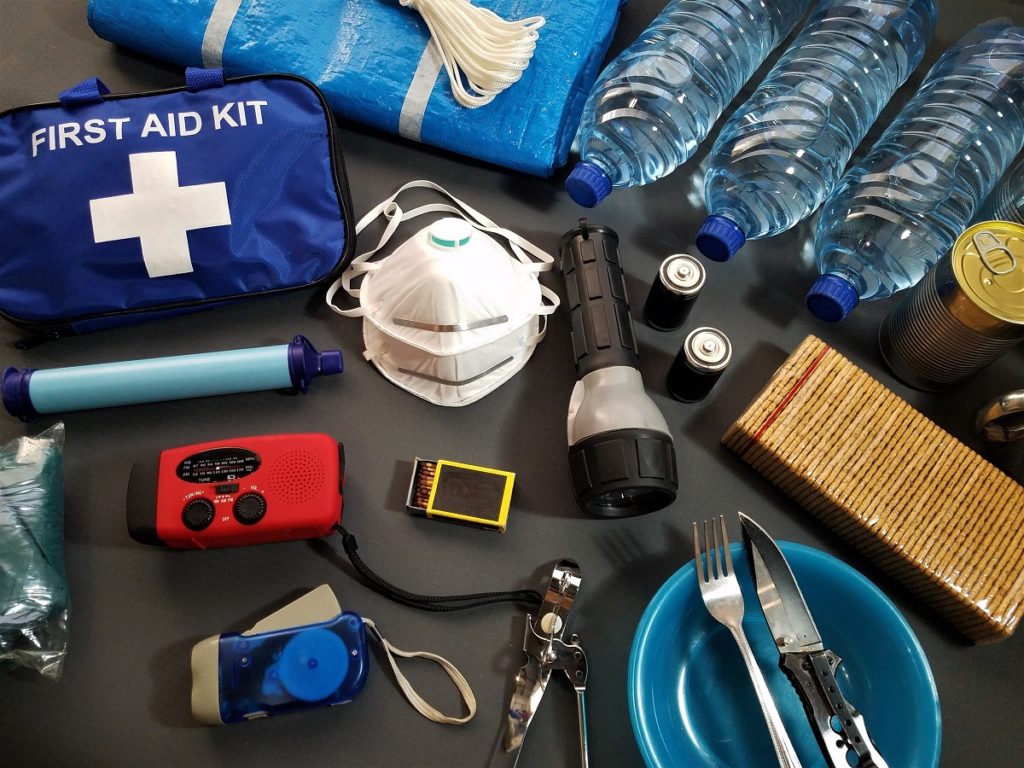Workplace accidents and deaths can significantly impact the productivity and revenue of your business. According to International Labor Organization (ILO), around 2.3 million people die annually due to workplace hazards. This brings the number of deaths per day to 6000. Talking about productivity, statistics show that the U.S.A. alone loses an average of 11 working days and $1,560 per person. However, the numbers can be brought down with adequate workplace safety.
Workplace safety consists of several factors, including first-aid, employee training, and preventive measures. However, in this article, we will be looking at the first-aid aspect. Creating and implementing an effective first-aid program is essential as it can prove to be life-saving in several situations. Of course, that depends on the industry you serve. But even if your employees have to sit in a small room, a first-aid program helps comfort them during minor non-fatal injuries.
A first-aid program involves creating the perfect kit that can cater to most emergencies and train your employees to use the kit. Here are the basic steps that will help you get started.
1. Get the first-aid kit ready
The elements of your first-aid kit vastly vary depending on your workplace and industry. For instance, your employees are surrounded by heavy machinery and require heading to hazardous places for work, such as in manufacturing, construction, and mining businesses, you need more elements in place than others. Although the elements may vary, there are a few common things and need to be a part of the kit. Some mandatory elements include:
- Gauze pads
- Gauze roller bandage
- Wound cleaning agent or solution
- Scissors
- Adhesive tape
- Gloves
- Splint
- Cleansing wipes
These are some mandatory things. You can refer to OSHA’s website for complete guidance on what needs to be there in your first-aid kit box. You can also include supplements such as non-constipating iron, calcium, and other vitamins and minerals.

2. Place the first-aid supplies
Once your kit is ready, you need to place it somewhere it is easily accessible. No one would want to look around to find the kit during the emergency. In fact, it will not even be helpful if time is passed looking for the kit. Hence, you should place it in an adequate amount at various accessible places.
You can connect with professionals in the business to get everything right. They will assess the workplace and the type of work your employees do every day. Depending on the workplace, the experts can then help you select the appropriate spots to place the first-aid kits.
3. Consider all the possible dangers
While preparing a first-aid strategy or plan, it is essential to consider all the possible factors and accidents. Assessing your workplace is the best to go around this. A thorough workplace assessment will help you find out the potential problems.
Suppose you own a digital marketing firm, and your employees have to sit in one place. In such as situation, there are low chances of diseases caused due to hazardous gases. But on the other hand, if you are running a mining business, your employees have to go to places full of unsafe gases for excavation. Thus, you might assess your workplace first and then move ahead in the program.
4. Train your employees
The last part of an effective first-aid program is to train your employees on using the kit, even more so if you don’t have an in-house health practitioner. Even if you have an in-house practitioner, he may not always be around every employee for help. Hence, it is essential that even they know how to help each other when need be.
Create a first-aid training program with help from professionals. Now, take time to get your employees acquainted with the program and help them learn and complete it. It is best to divide the training program into different steps. This will help the employees to learn and remember everything they need to do during an emergency. The program should also enlist all the precautionary and safety measures that your employees should abide by while working.
You can also create a mock situation where one person has suffered an injury and ask an employee to help him. This will bring in the practical learning prospect to help your employees grasp hand on practicing safety measures.
Having an effective first-aid program in place will ensure optimal workplace safety. This will benefit both: you and your employees. However, neither your nor your employees’ responsibility ends with the first-aid program. Checking on the first-aid kit and replenishing it is everyone’s ongoing responsibility. Hence, it is also essential to teach your employees to check and report depletion of any elements of the kit. Use the above tips and bring the first-aid program in place to see the wonders it brings to workplace safety.

